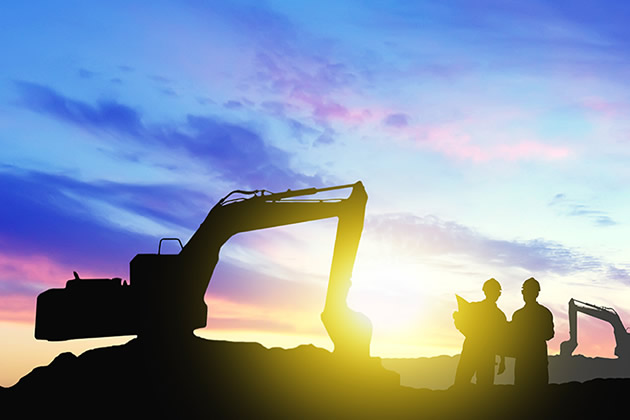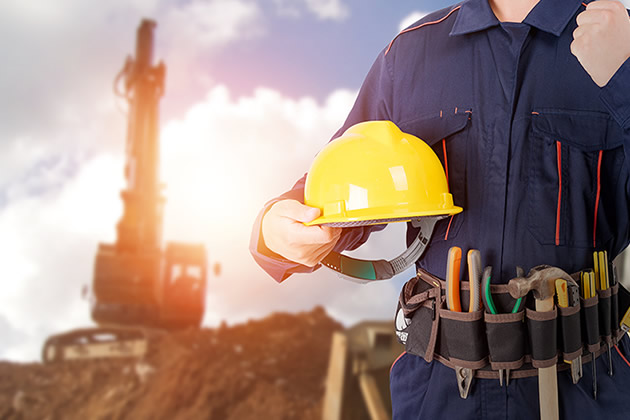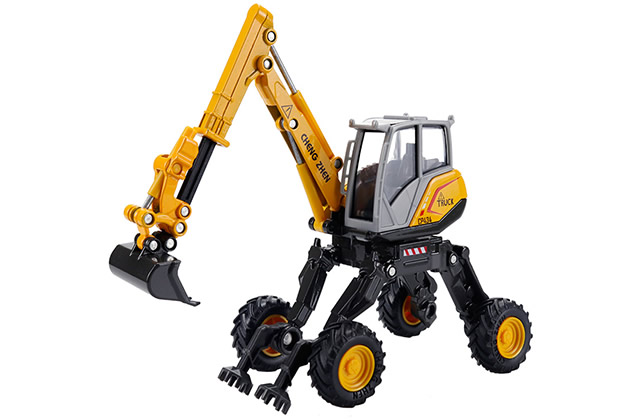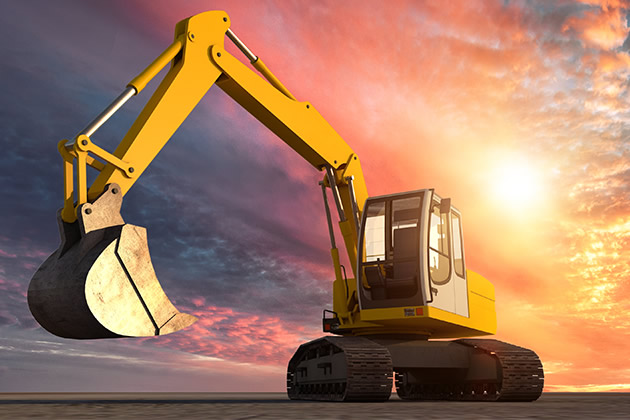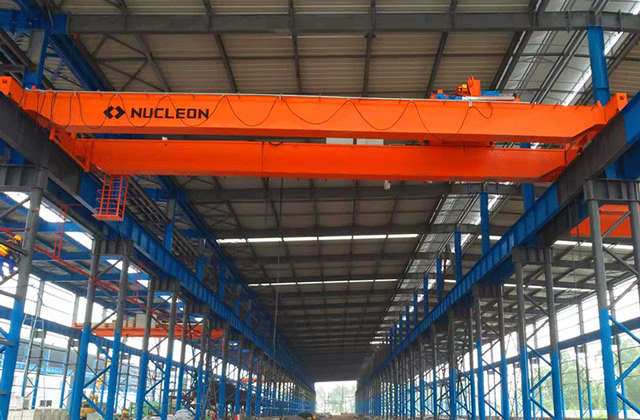[Cyclone Dust Collector] Working Principle of Cyclone Dust Collector Advantages and Disadvantages of Cyclone Dust Collector
What is a Cyclone Dust Collector
strong>
It is composed of an air intake pipe, an exhaust pipe, a cylinder, a cone and an ash hopper.
The cyclone dust collector has a simple structure, is easy to manufacture, install and maintain, and has low equipment investment and operating costs. It has been widely used to separate solid and liquid particles from air flows, or to separate solid particles from liquids. .

Under normal operating conditions , the centrifugal force acting on the particles is 5 to 2500 times that of gravity, so the efficiency of the cyclone dust collector is significantly higher than that of the gravity settling chamber. Using this principle, we successfully developed a cyclone dust removal device with a dust removal efficiency of more than 90%.
Among mechanical dust collectors, cyclone dust collectors are the most efficient. It is suitable for the removal of non-sticky and non-fibrous dust, and is mostly used to remove particles above 5 μm. The parallel multi-tube cyclone dust collector device also has a dust removal efficiency of 80 to 85% for particles of 3 μm. The cyclone dust collector is constructed of special metal or ceramic materials that are resistant to high temperature, abrasion and corrosion, and can operate at temperatures up to 1000°C and pressures up to 500×105Pa.
Considering from technical and economic aspects, the pressure loss control range of cyclone dust collector is generally 500~2000Pa. Therefore, it is a medium-efficiency dust collector and can be used to purify high-temperature flue gas. It is a widely used dust collector and is mostly used in boiler flue gas dust removal, multi-stage dust removal and pre-dust removal. Its main disadvantage is its low removal efficiency of fine dust particles (<5μm).
Principle of dust removal by cyclone dust collector
Cyclone dust collector is a type of dust removal device. The dust removal mechanism is to make the dust-containing air flow rotate, use centrifugal force to separate the dust particles from the air flow and capture them on the wall, and then use gravity to make the dust particles fall into the ash hopper. Each component of the cyclone dust collector has a certain size ratio. Changes in each proportional relationship can affect the efficiency and pressure loss of the cyclone dust collector. Among them, the diameter of the dust collector, the size of the air inlet, and the diameter of the exhaust pipe are the main influencing factors. . When using it, it should be noted that when a certain limit is exceeded, favorable factors can also be converted into unfavorable factors. In addition, some factors are beneficial to improving dust removal efficiency, but they will increase pressure loss, so the adjustment of each factor must be taken into consideration.
How to choose a cyclone dust collector?
1. Cyclone dust collector selection principles
1) The amount of purified gas in the cyclone dust collector should be consistent with the actual amount of dust-containing gas that needs to be processed. When selecting the diameter of the cyclone dust collector, the diameter should be as small as possible. If the air volume passing through is required to be large, several cyclones with small diameters can be connected in parallel.
2) The inlet wind speed of the dust collector should be maintained at 18~23m/s. If it is too low, the dust removal efficiency will decrease; if it is too high, the resistance loss and power consumption will increase, and the dust removal efficiency will not be significantly improved.
3) The selected cyclone dust collector has small resistance loss, low power consumption, simple structure and easy maintenance.
4) The smallest dust particles that the cyclone dust collector can capture should be slightly smaller than the dust particle size in the gas being processed.
5) When the temperature of the dust-containing gas is very high, the cyclone dust collector should be equipped with insulation facilities to prevent moisture from condensing in it and affecting the dust removal effect.
2. Cyclone dust collector selection steps
1) First determine the amount of gas that needs to be processed through calculation. When the gas temperature. When the density, water vapor content, etc. change greatly, the gas volume must be converted to determine the diameter of the dust collector.
2) Determine the airflow speed at the dust collector inlet according to the amount of gas that needs to be processed. Then determine whether the cyclone dust collectors are used in parallel.
3) Calculate the dust particle size at the separation interface of the dust collector and the expected dust removal efficiency according to the given conditions. Or choose directly according to the “Main Technical Performance of Cyclone Dust Collector” table; or check the performance data with the calculation results.
4) The dust collector must be equipped with a dust discharge valve with good air tightness to prevent air leakage from the lower part of the dust collector body and ensure the dust removal effect.
5) When used in parallel, the cyclone dust collectors must be of the same model and specifications, and the connecting air ducts need to be reasonably designed so that the amount of gas processed by each dust collector is equal to avoid the occurrence of strings between the dust collectors. flow phenomenon and reduce dust removal efficiency.
What are the advantages and disadvantages of cyclone dust collector
The main advantages of cyclone dust collector are as follows
(1) There are no moving parts inside the cyclone dust collector. Easy to maintain.
(2) Production and management are very convenient.
(3) Small size, simple structure and cheap price when processing the same air volume.
(4) When used as a pre-dust collector, it can be installed vertically and is easy to use.
(5) When handling large air volumes, it is convenient to use multiple units in parallel, and the efficiency resistance will not be affected.
(6) It can withstand high temperatures of 400°C. If special high-temperature resistant materials are used, it can also withstand higher temperatures.
(7) After the dust collector is equipped with a wear-resistant lining, it can be used to purify flue gas containing highly abrasive dust.
(8) The dust can be cleaned dryly, which is helpful for recovering valuable dust.
Disadvantages of Cyclone Dust Collector
Disadvantages of Cyclone Dust Collector
strong>
(1) If the dust discharge valve leaks, it will seriously affect the dust removal efficiency.
(2) Serious wear, especially when dealing with high concentration or abrasive dust, the entrance and cone parts are easily worn.
(3) The dust removal efficiency is not high (the efficiency is low for capturing fine dust with a particle size less than 5um and dust with a small dust density). Sometimes it cannot meet the requirements of dust-containing gas emission concentration when used alone. .
(4 Since the dust removal efficiency decreases as the cylinder diameter increases, the air volume of a single dust collector is subject to certain limitations.
If the website content violates your rights, please contact us to delete it。



